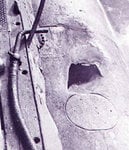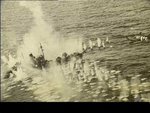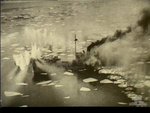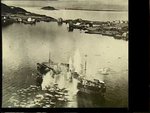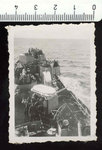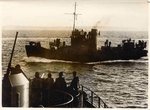lesofprimus
Brigadier General
From November 1943 onwards the Mosquito was used to attack U-boats shortly after, or just before they entered a port... Warning of these opportunities was provided by code breakers......
At the moment the U-boats travelled to the surface, they were vulnerable to rockets or the 57mm shells of the FB.XVIII..... So, for safety, the U-boats usually formed small convoys, with an escort of mine sweepers or so called Sperrbrecher ships, which had hulls reinforced with concrete as a protection against mines; both types bristled with anti-aircraft guns......
For example, on 27 March 1944 six FB.VIs and two FB.XVIIIs attacked a convoy towards La Pallice, formed by U-960 with a escort of four M-class mine sweepers and two Sprerrbrecher vessels...... Three mine sweepers suffered light damage, U-960 was badly damaged, two Mosquitos returned home with serious damage, and one crash-landed......
U-boats sunk by the Mossie......
1944
U-976, U-821, U-998,
1945
U-804, U-843, U-1065, U-251, U-2359
8 U-boats lost to Mosquito aircraft.......
At the moment the U-boats travelled to the surface, they were vulnerable to rockets or the 57mm shells of the FB.XVIII..... So, for safety, the U-boats usually formed small convoys, with an escort of mine sweepers or so called Sperrbrecher ships, which had hulls reinforced with concrete as a protection against mines; both types bristled with anti-aircraft guns......
For example, on 27 March 1944 six FB.VIs and two FB.XVIIIs attacked a convoy towards La Pallice, formed by U-960 with a escort of four M-class mine sweepers and two Sprerrbrecher vessels...... Three mine sweepers suffered light damage, U-960 was badly damaged, two Mosquitos returned home with serious damage, and one crash-landed......
U-boats sunk by the Mossie......
1944
U-976, U-821, U-998,
1945
U-804, U-843, U-1065, U-251, U-2359
8 U-boats lost to Mosquito aircraft.......

